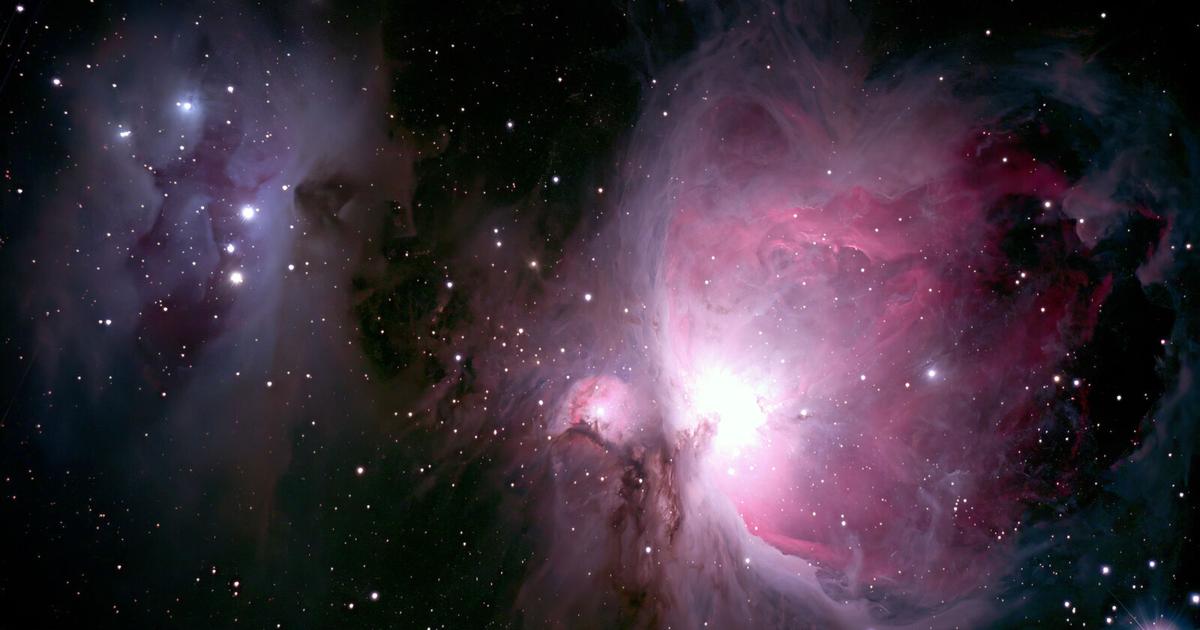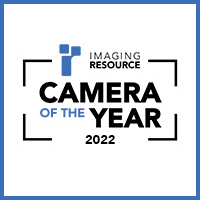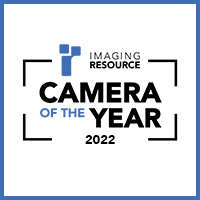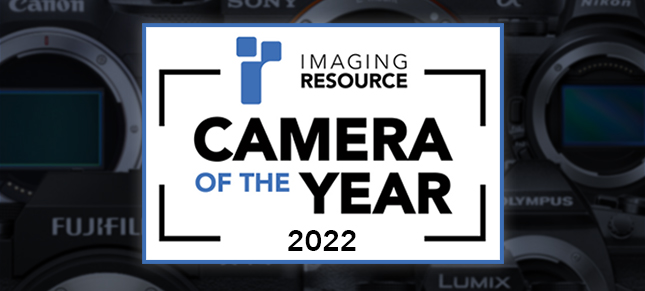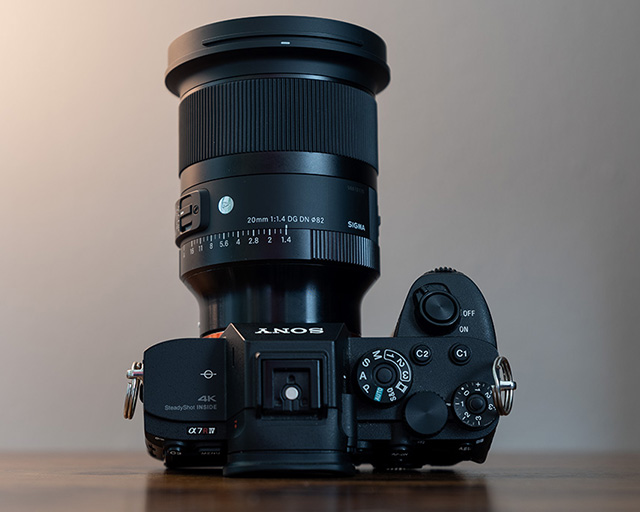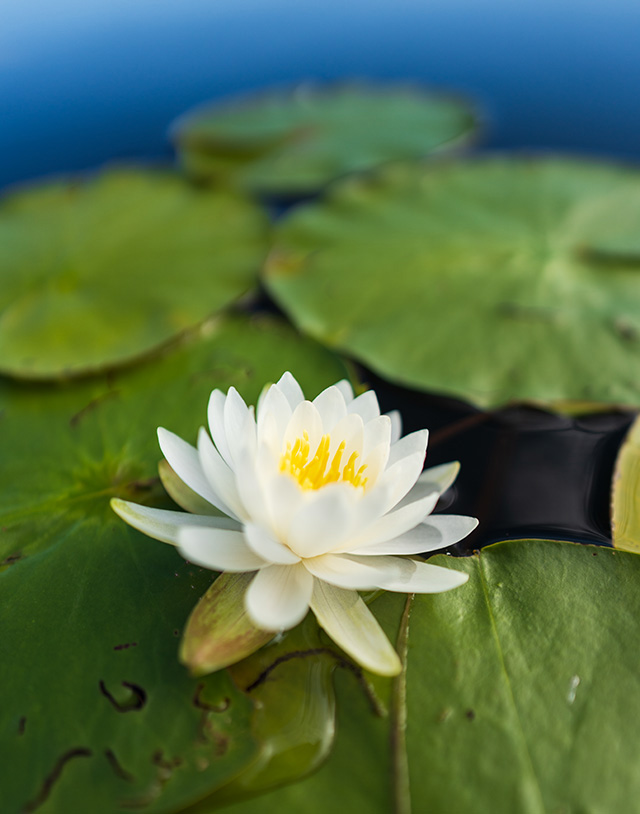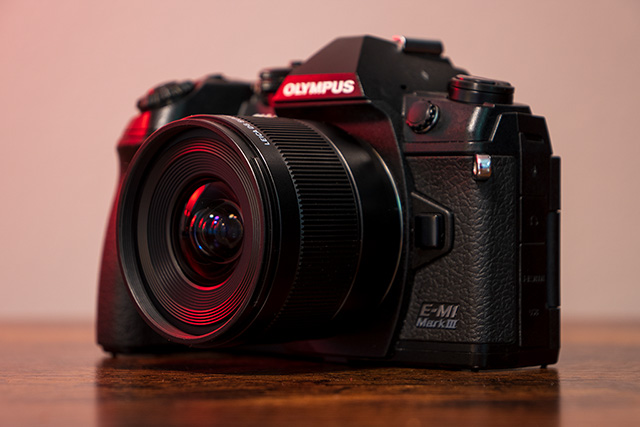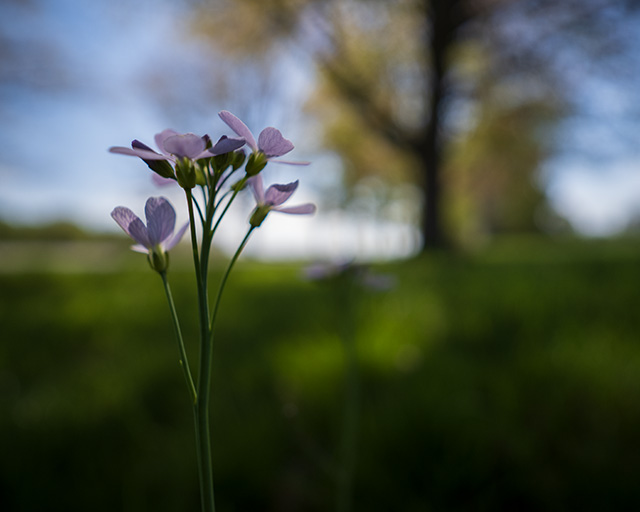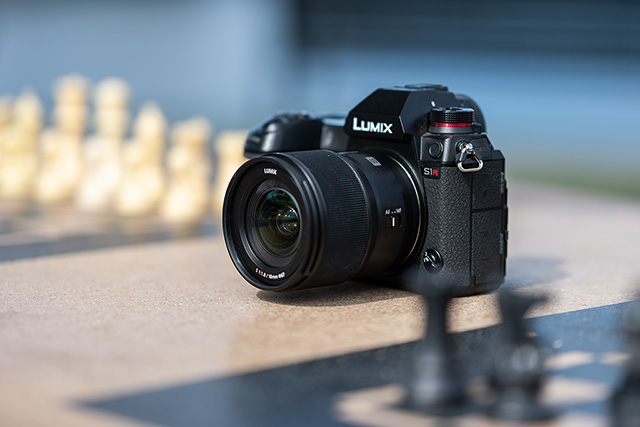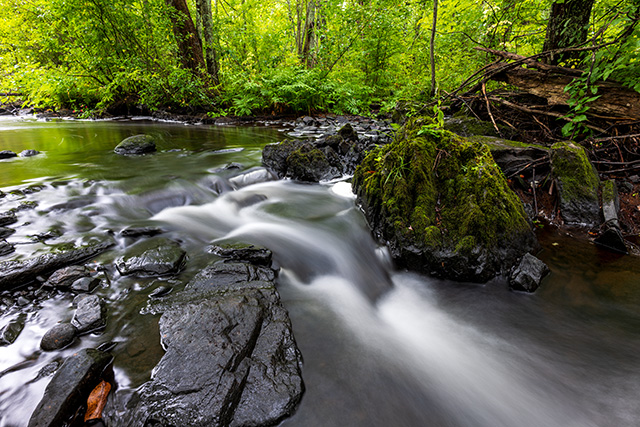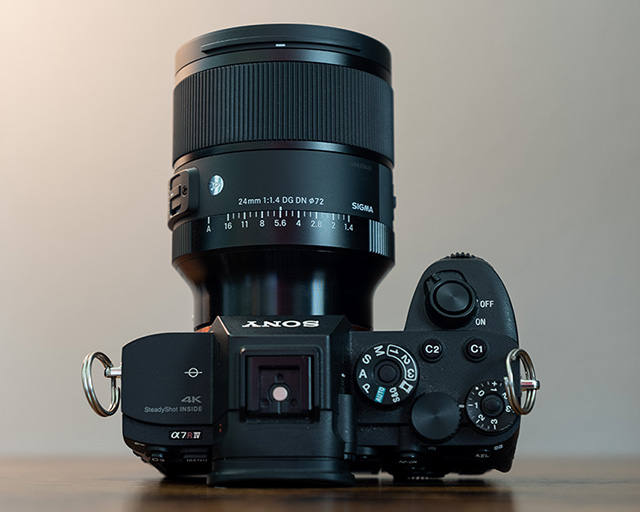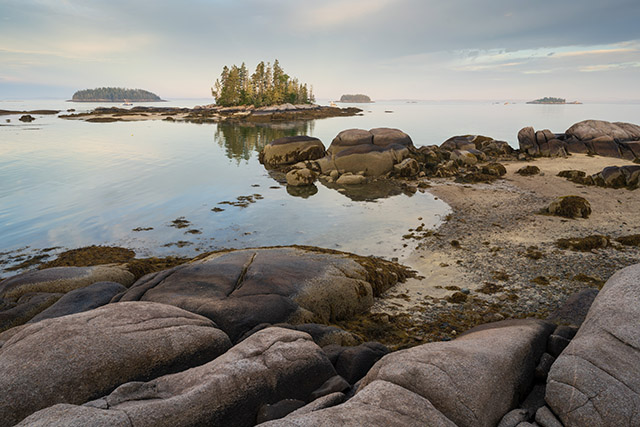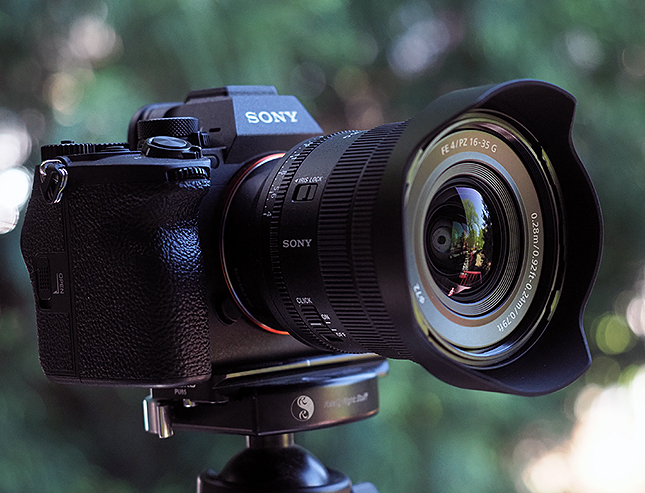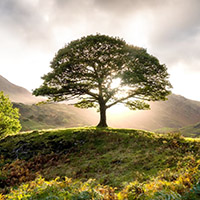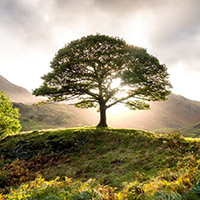[ad_1]
To start off the new year the Land of Waterfalls Camera Club will present a program featuring “The Fundamentals of Astrophotography” at its monthly meeting Thursday, Jan. 19. Starting promptly at 7 p.m., “live” via Zoom, the evening will conclude with the popular Shoot & Show activity.
For thousands of years people on earth have gazed into the night sky with awe and with questions. They have tried to capture and record what they could see with the naked eye. The German 3,600-year-old Nebra Sky Disk shows the first known depiction of the cosmos on a disk.
Opportunities to see the cosmic phenomenon increased drastically with the invention of the telescope early in the 1600s. Galileo saw the potential for the telescope and improved it drastically. He was then able to make many observations which he recorded in text and sketches.
Appropriately, it was an astronomer who coined the term photography in 1839, when Johann Heinrich von Madler combined “photo” (from the Greek word for “light”) and “graphy” (“to write). In that same year the French photography pioneer Daguerre himself is believed to be the first person to take a photograph of the moon, using his daguerreotype process. A year later John William Draper, an American doctor and chemist, took his own daguerreotype of the moon. By that time both astronomers and photographers realized that they could capture and document images that had eluded star gazers for centuries.
In 1850 Draper collaborated with astronomer William Bond to produce a daguerreotype of the star Vega. Henry Draper’s 1880 photograph of the Orion Nebula was the first ever taken.
Then physicists Jean Bernard Leon Foucault and Armand Fizeau improved the process sufficiently to photograph the Sun in sufficient detail that sunspots could be seen for the first time.
Over a century both telescopes and cameras continued to improve the science of documenting the heavens. Professional applications got bigger, better and more expensive. The science belonged to those with giant observatories and special cameras. But the amateur photographers and astronomers really got their first break with the more recent introduction of digital photography. The digital camera gear and the software processing created limitless possibilities for the amateur Astro Photographer.
Night photography isn’t the easiest genre to master. There are so many things to consider. On top of your usual composition and exposure, you have to deal with noise, shadow detail, preserving highlights and camera gear considerations for night lovers.
Being out alone in the dark isn’t for the faint-hearted, but astrophotographers have learned to handle any fear of the dark when conditions are favorable. Some night images take a lot of planning: full moon and milky way images with specific foreground, for example. Interestingly, there are very few photographers who specialize solely in astro photography. The majority are versatile and shoot various types of landscape images.
Astro Photographer James S. Mack’s presentation of “The Fundamentals of Astro Photography” will be geared to enlighten and entertain photographers of all levels of proficiency (beginner to experienced pro). With a lifetime interest in the sciences and nature, 34 years as a graphic artist, 50 years of photographic experience (which includes over 25 years of astro photography with digital equipment), he will pass on tips and other valuable information about what common equipment to use and how to use it.
Mack has six telescopes and is a member of the SCSG – Suncoast Stargazers, LGDSO – Local Group of Deepsky Observers and WAS – West Jersey Astronomical Society.
Following the astro photography program the fast paced “Shoot and Show” activity will showcase the latest photographic achievements of local members. It will be a good example of what local photographers can accomplish.
These open-to-the-public monthly meetings will be “live” on-line with Zoom until the health crisis subsides. Club members and guests are encouraged to sign in at least 10 minutes early (6:50 p.m.). Non-member guests are encouraged to go to [email protected] for invitation and access information at least a day prior to the meeting.
The Land of Waterfalls Camera Club welcomes participation from those interested in becoming a photographer, to novices who need fundamental skills, to photographers who enjoy sharing with others, as well as experienced pros. No special equipment or software is necessary.
To offer more focused forums for small group participatory learning and sharing the club features two Special Interest Groups (SIGs). The Capture SIG concentrates on how to take the best picture and meets from 7 p.m. – 9 p.m. on the third Monday of the month in the community room of the United Community Bank in Straus Park or by Zoom. Please consult the website for the latest schedules. The Post Processing SIG features the developing/control of the digital image into the final photograph and continues to meet via Zoom at 7 p.m. on the first Monday of the month.
For more information, visit the Land of Waterfalls Camera Club website at www.lowccnc.com.
[ad_2]
